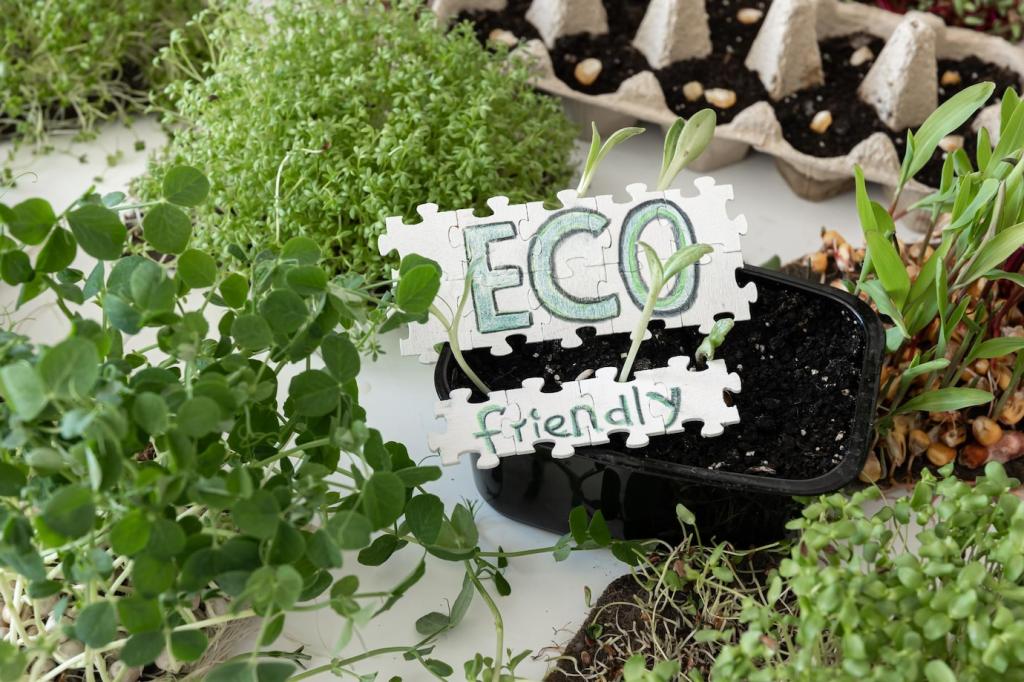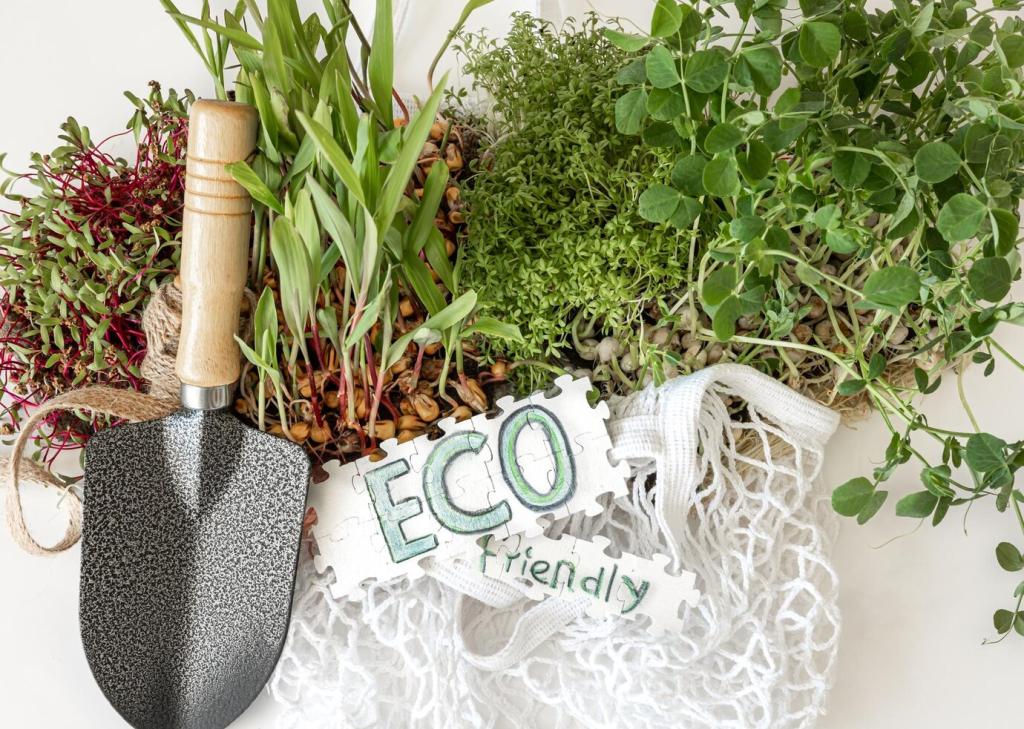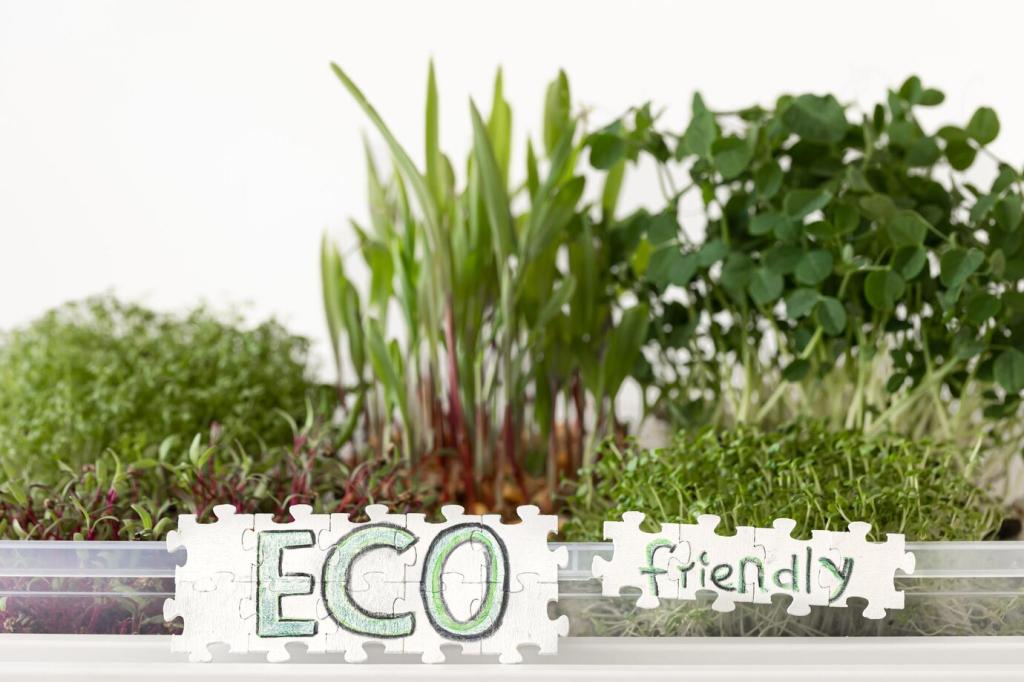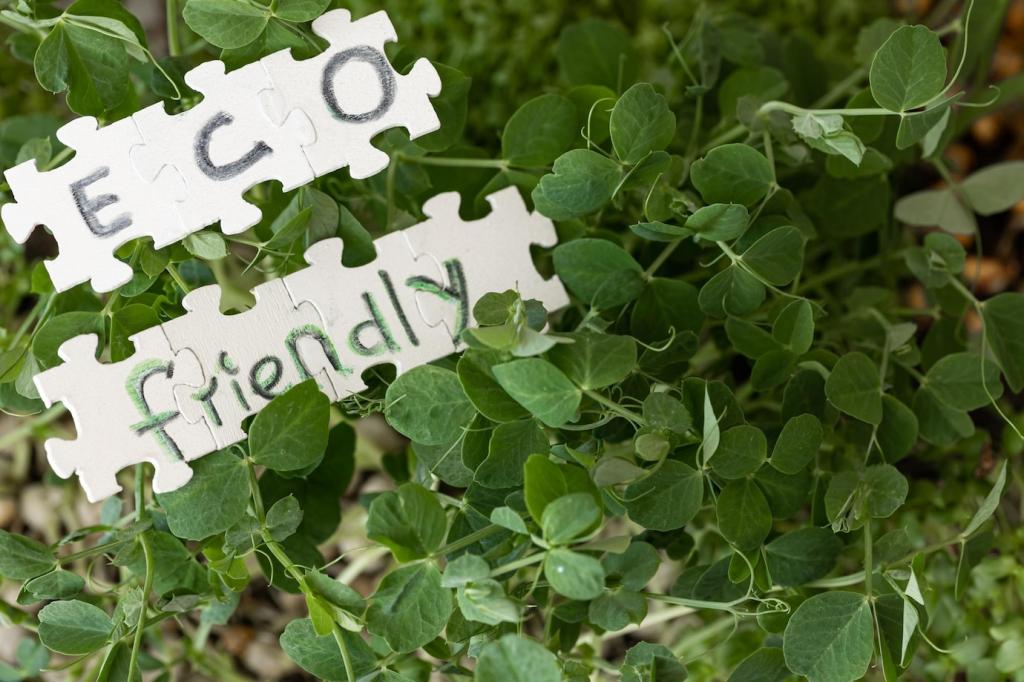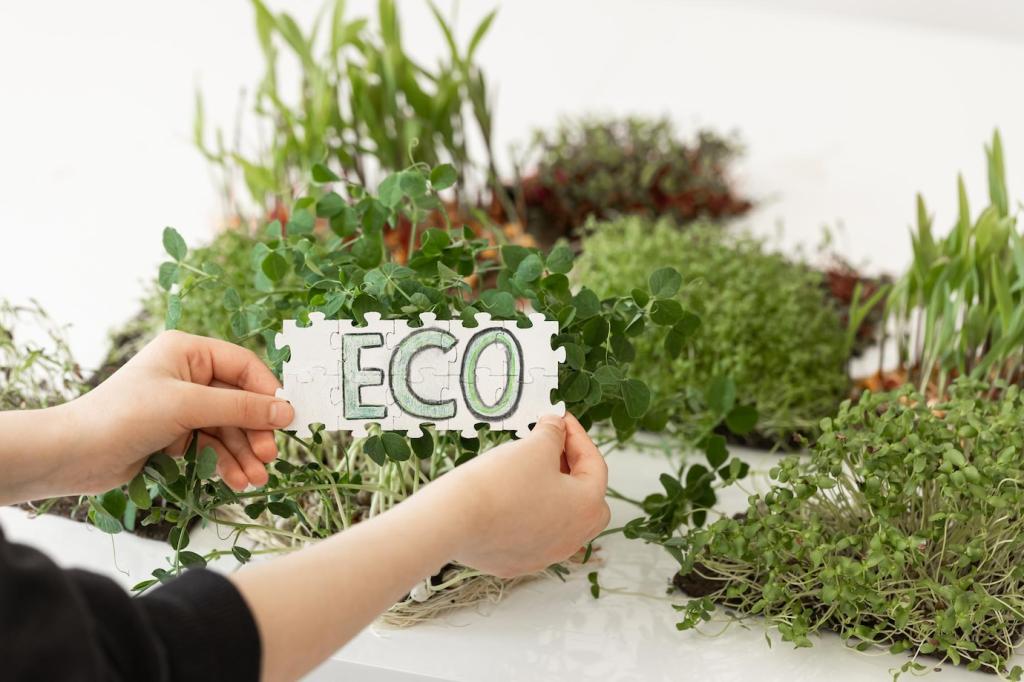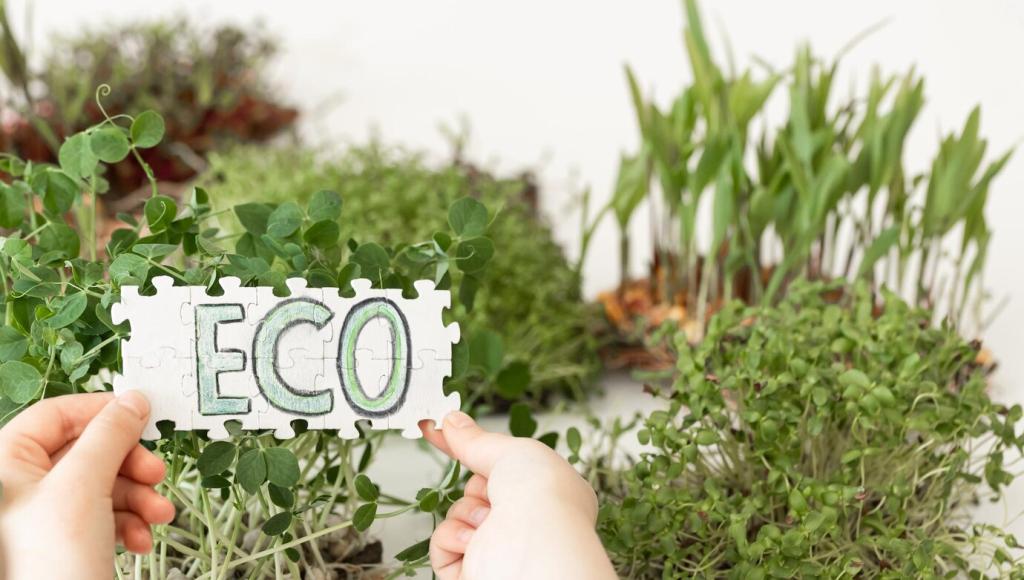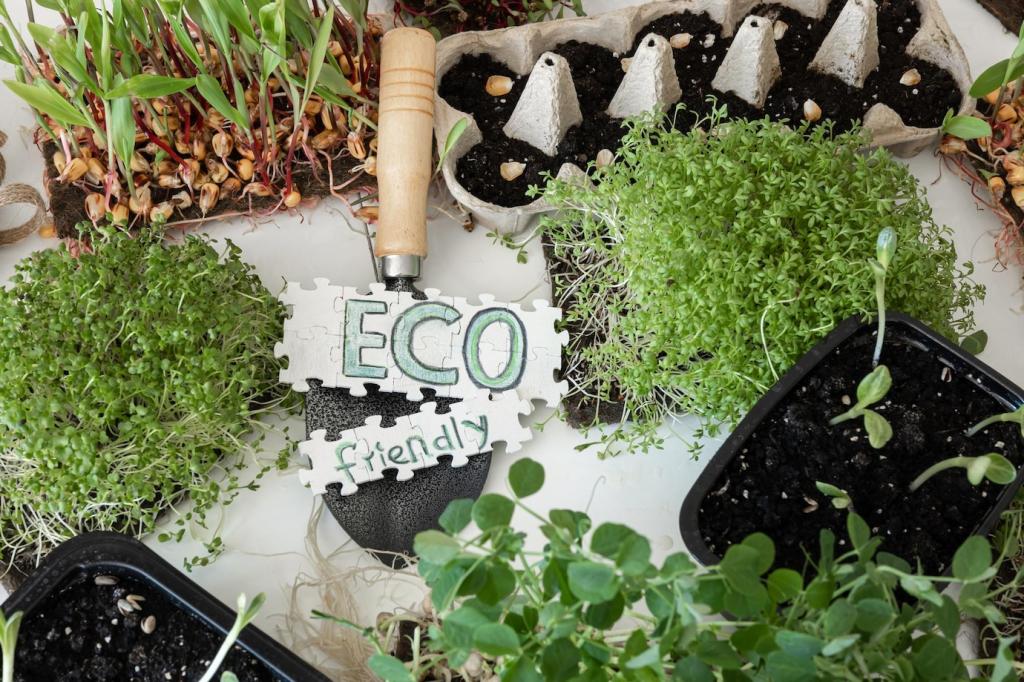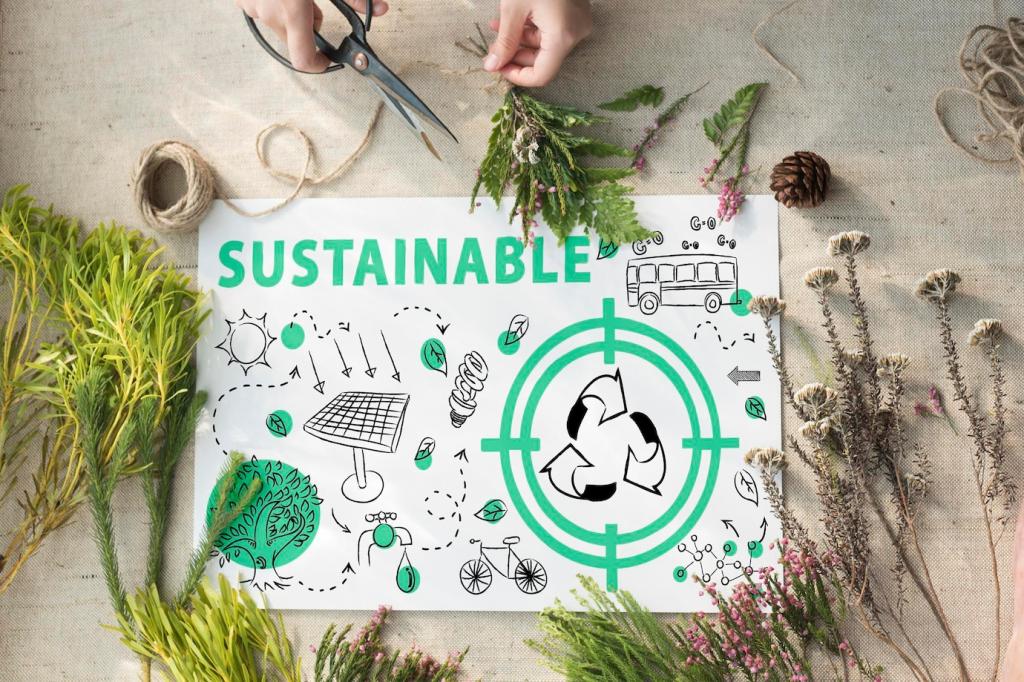Why Visual Storytelling Elevates Green Architecture
Sustainability metrics can feel abstract until a clear graphic connects numbers to daily comfort, bills, and well-being. One studio mapped winter sun paths onto a family’s morning routine, and the client immediately grasped passive gains without spreadsheets.
Why Visual Storytelling Elevates Green Architecture
Side‑by‑side visuals reveal impact faster than paragraphs. A brownfield courtyard mocked up with trees, permeable paving, and daylight reflections convinced neighbors to support bioswales, because they could literally see kids playing on a cooler, brighter surface.
Why Visual Storytelling Elevates Green Architecture
When engineers, planners, and residents view the same annotated section, jargon dissolves. A single axon with color‑coded systems resolved a month of meetings by showing how ventilation routes, plant rooms, and green roofs harmonized within tight structure.
Why Visual Storytelling Elevates Green Architecture
Lorem ipsum dolor sit amet, consectetur adipiscing elit. Ut elit tellus, luctus nec ullamcorper mattis, pulvinar dapibus leo.


